Mysterious Illness Killing Australia's Gorgeous Rainbow Lorikeets
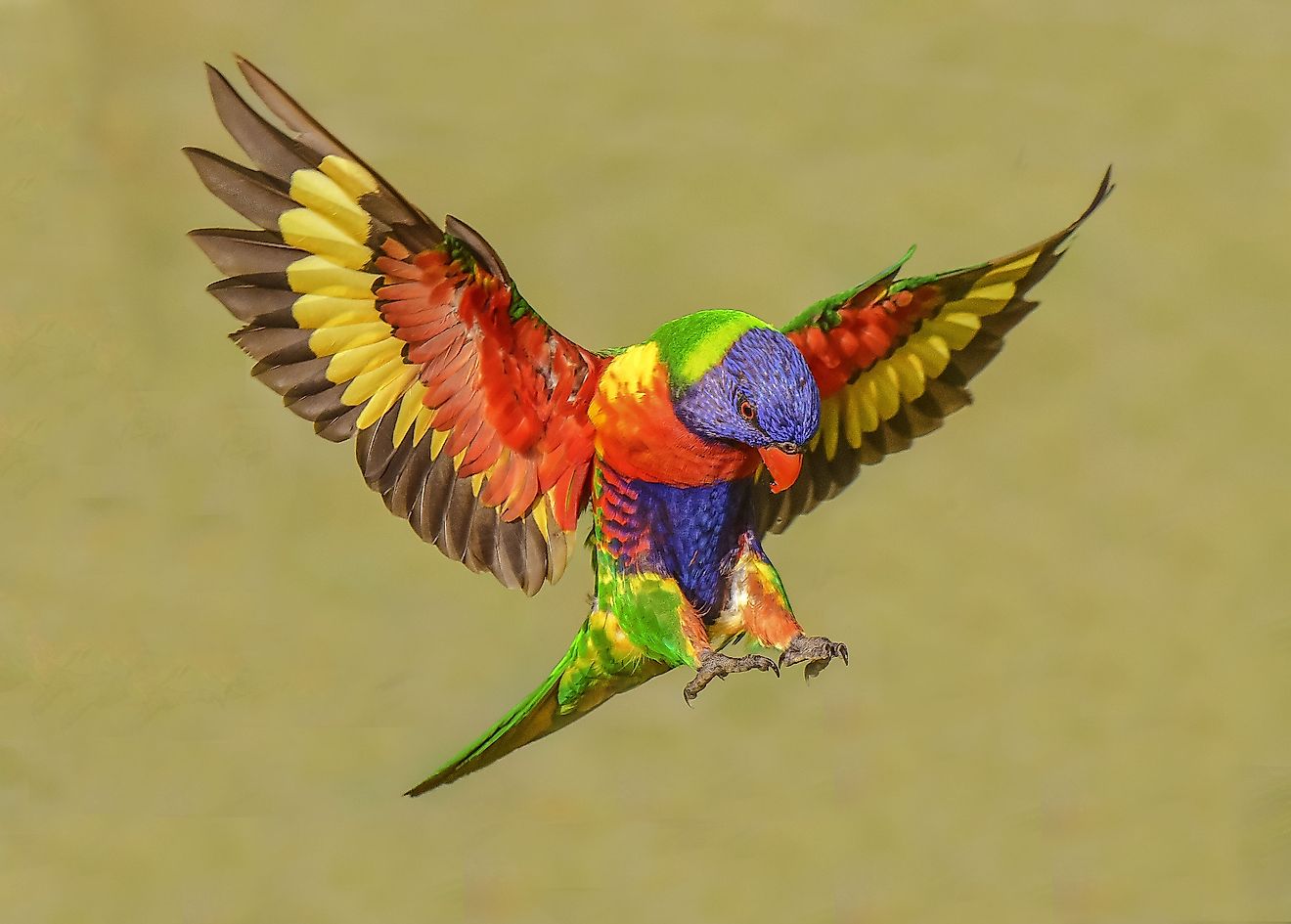
Hundreds of rainbow lorikeets are dying in Australia with the root cause of their death largely unknown. It is a serious event that has been plaguing populations of these birds in Eastern Australia for several years during the summer and autumn months. However, little is known about what causes these beautiful birds to fall out of the sky and die. Dr. Darryl Jones, Professor and Deputy Director, Environmental Futures Research Institute andSchool of Environment and Science, Griffith University, Australia, reveals some important facts related to these deaths to World Atlas.
Lorikeet Paralysis Syndrome (LPS) - Death Shrouded In Mystery
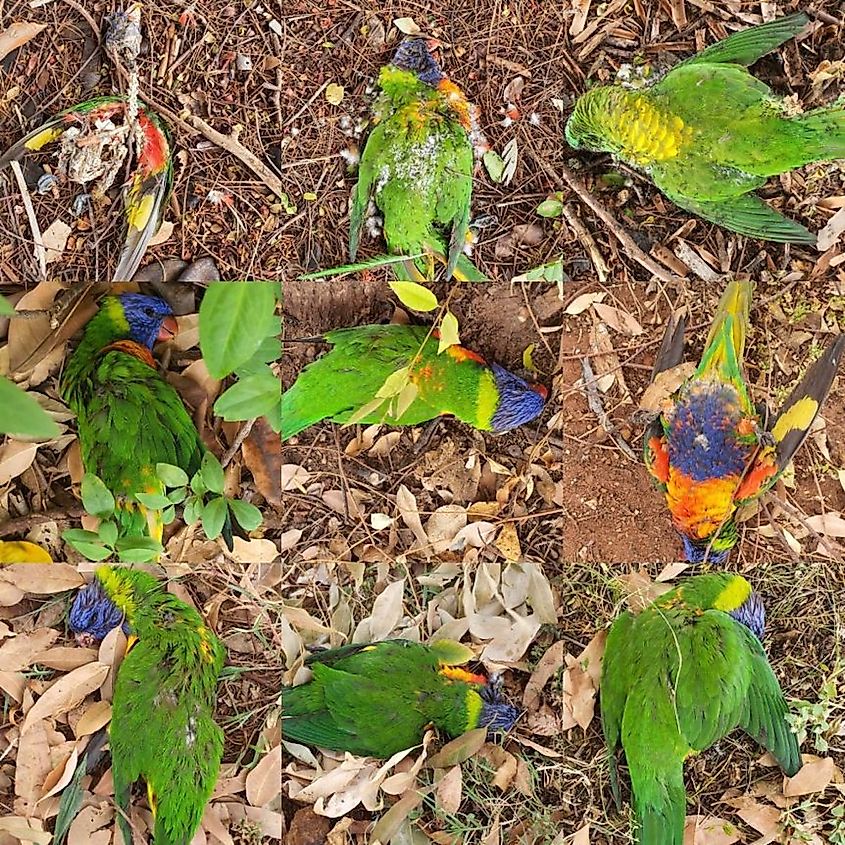
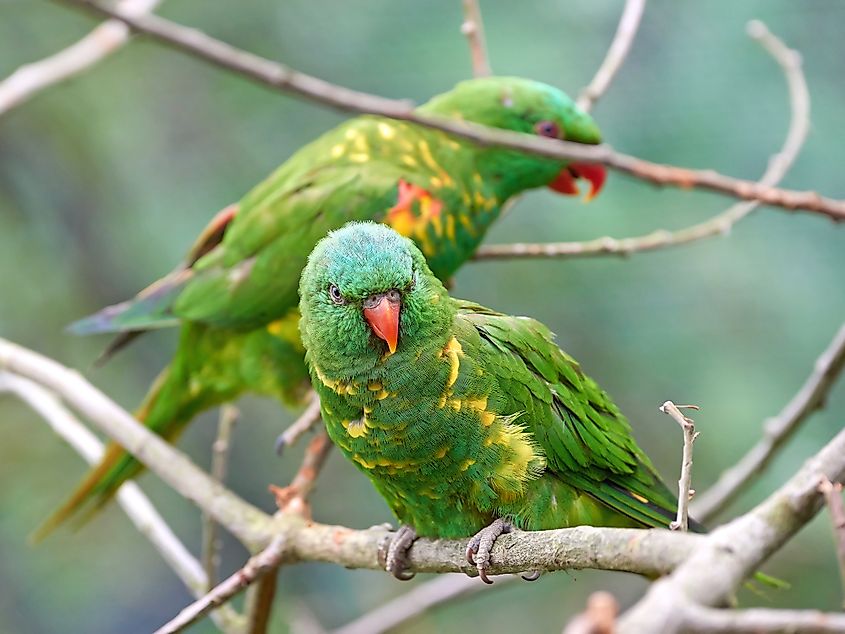
While the lorikeet paralysis syndrome primarily affects rainbow lorikeets (Trichoglossus haematodus), scaly-breasted lorikeets (Trichoglossus chlorolepidotus) have also become victims to it. The affected birds exhibit varying degrees of paralysis of their wings and hind limbs. There are four categories of the syndrome based on the severity with the worst affected birds showing extreme paralysis, inability to blink and swallow, and failure to right themselves when placed on their back. When brought to veterinary care, these birds are usually euthanized to end their suffering as their probability of survival is almost negligible. The birds in the other stages stand a chance to live if treated in time. Veterinarians treat these birds for dehydration and pain relief, place them in cages with easily accessible food and water, and later transfer them to aviaries until they are ready to fly wild again.
But what causes LPS? Is it an infectious agent like a virus? We turn to Dr. Jones for an answer:
"Almost certainly not a virus, but more likely an environmental toxin which makes it all the more mysterious as the deaths are extremely widespread and the birds are feeding on a variety of flowers," he said.
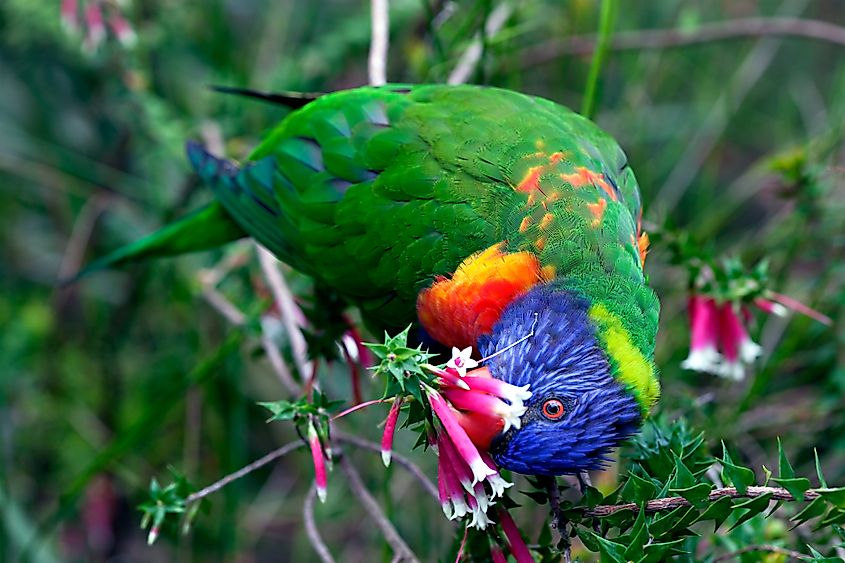
Strange but true, according to researchers, the cause of LPS tormenting rainbow lorikeets is yet to be identified. Existing information points to some kind of a toxin like botulinum, plant, or other environmental toxins triggering LPS in these birds. It is important therefore to investigate the feeding habits of these birds - the plants on which the lorikeets are dependant for feeding during the outbreak season. It could be the source of their exposure to the LPS-causing toxin.
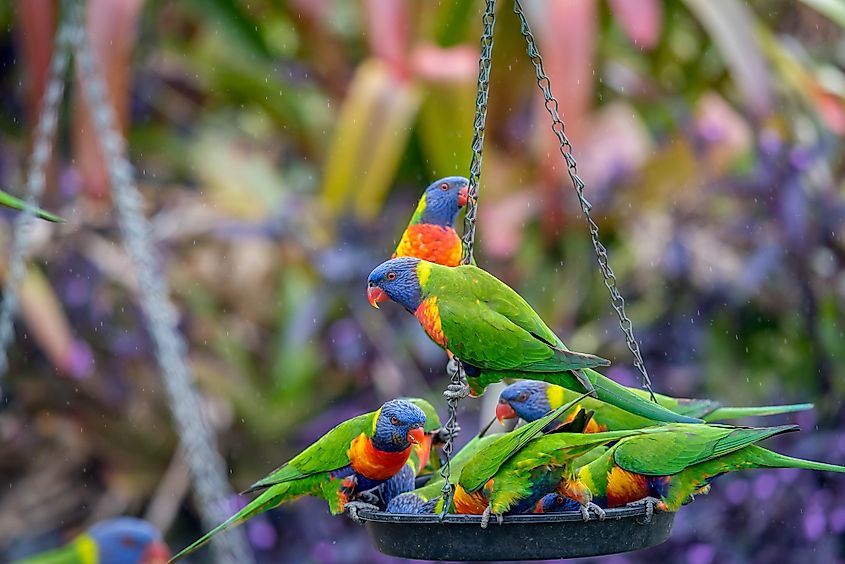
Another concern is around people feeding wild birds at their homes and backyards. Could that harm the birds in any way?
"As this is probably not a disease, home bird feeding is not implicated in this syndrome. However, there are plenty of avian diseases that are spread at feeders and we must always be mindful of these. The most critical advice is to keep the feeder clean at all times. An additional issue in Australia is that lorikeets have started consuming the meat (yes, meat!) placed out for the magpies, our most commonly fed native bird here," said Dr. Jones.
Why It Is Unwise To Ignore Bird Deaths
While it becomes clear that extensive investigations are needed to uncover the truth behind the rainbow lorikeet deaths, this is not the first time mass die-off of birds has occurred. Such events, however, often remain poorly understood and little attention is granted to them. However, in a world pestered by global warming and high rates of pollution, it would be foolish to ignore such deaths.
Time and again, research has made it evident that birds are excellent environmental indicators which means alterations in our environment are often reflected in changes in bird behavior, breeding, and survival rates. However, bird death mysteries usually remain underreported or uninvestigated. Sometimes bizarre explanations like UFO collisions or apocalyptic conditions are suggested for mass mortality of birds.
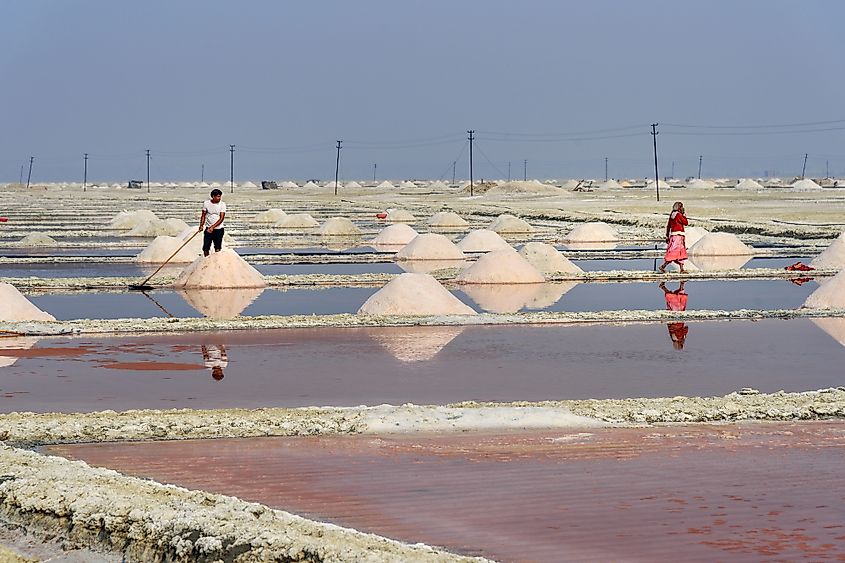
Late last year, carcasses of over 18,000 migratory birds were discovered in Sambhar lake in the Indian state of Rajasthan. While there were initially a lot of speculations as to the cause of this tragedy, studies revealed that avian botulism was to blame for the bird deaths. While the exact source was not elucidated, authorities studying the final report suspected a variety of reasons for the deaths including pollution of the lake's waters by agricultural run-off containing toxins, illegal water extraction for salt production, and a decrease in the size of the lake.
Thus, it becomes clear that bird die-offs cannot be ignored. The root cause of such deaths might reveal an even bigger problem that can exterminate birds or other animals as well. Human health might also be compromised in some situations.











